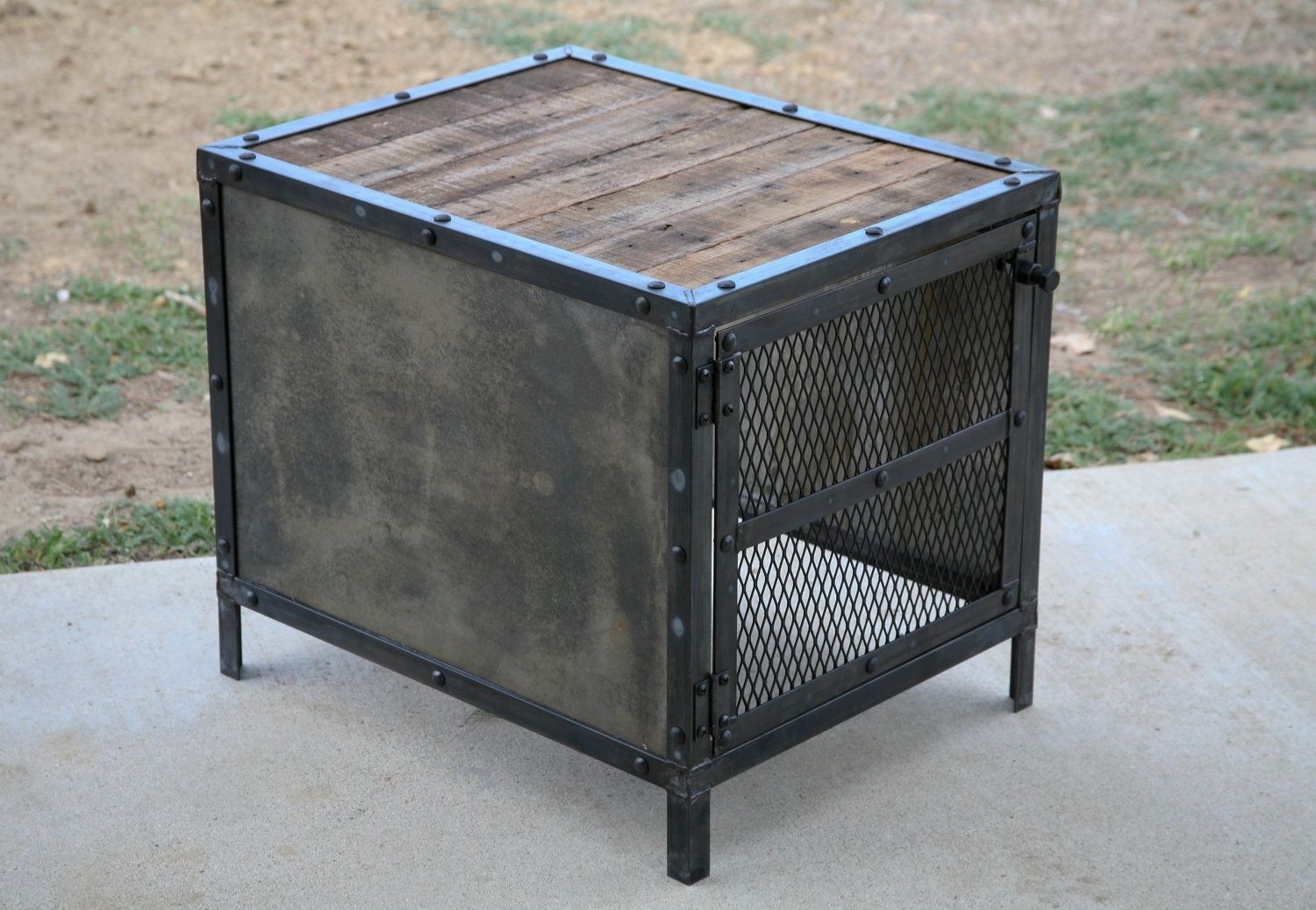
#Bookshelf speaker enclosure design install
Install 2 port tubes in back side of speaker cabinetįill speaker cabinet loosely with Dacron fill (4 ounces), keeping fill away from port tubes. Recommended cabinet inside volume is 20 liters. Pair, order two and receive a quantity discount. Speakers, or anywhere else you want great sound. This kit is ideal for a high-end bookshelf, studio monitor, home theater These great drivers, matched with high-end crossovers and dual flared (anti-chuffing & anti- turbulence) port tubes, make an excellent 2-way design. This is a top of the line, 6-1/2" inch, 2-way speaker building kit utilizing the Warm smooth and detailed with a wide sound stage and impressive bass Please see the Application Note for details.6-1/2" 2-Way High-End Bookshelf Speaker Kit - KITAA65 Makes a Great Gift! Some experimentation is recommended in order to find cabinet positions that result in a good tonal balance and freedom from coloration.Īs can be seen from the off-axis response plot above, the smoothest listening angle is around 15°- this should be taken into account when placing the speakers in-situ.Īfter finding a good placement of the speaker, then there are almost endless possibilities to fine tune the sound balance with the Hypex DSP. Placing the cabinets too close to the walls or corners will result in more powerful bass but may also cause response irregularities in the bass/midrange area. Even in the best listening room, it is important to determine the positions where the loudspeakers will perform optimally. High quality stands should be used to bring the tweeter approximately to ear level or slightly above. The next figure shows the on-axis response of the different presets provided in the DSP setup file. The below figure shows the off-axis measurement at 0°, 15°, 30°, 45° and 60° using "Preset 1" in the provided DSP setup file. Sound pressure frequency response measured in an anechoic chamber is shown. All of the measurements are made at 1m at tweeter height: Since the target group is the DIY enthusiasts the design also required reasonable simplicity.Īnechoic chamber frequency response. One of the design goals of this system is to make the enclosure as small as possible. Three channels of amplification mean that there is available DSP for each individual driver.ĭetailed info and datasheet on the DSP-amplifier can be found on Hypex' website.


It delivers 2x500 W into 4 ohm & 1x100W into 4 ohm, and has a large filter bank for crossover and EQ. The choice lands on the Fusion FA.503 DSP amplifier from Hypex. We chose to use a three channel plate amplifier with DSP capabilities which is of high quality, easily available and provided ample power for the speaker system. Since it also has a smooth response high up in frequency it can be used all the way to a midrange unit, thus eliminating the need for a dedicated mid-woofer in this loudspeaker kit. With its high power handling and low Q and Fs it can handle a large amount of EQ in the low end.
#Bookshelf speaker enclosure design driver
L26RO4Y - This subwoofer driver is the perfect solution for good bass in a small enclosure. It uses a Neodymium magnet system for optimum air-flow, minimal back wave reflection and a healthy sensitivity. That makes the sound imaging very stable with a large sweet spot. A benefit of the coaxial arrangement is that the off-axis response is equal in all directions. Since the chosen midrange coaxial can easily play down to 150Hz, it was possible to use a high quality subwoofer with excellent low-frequency extension to take care of the lower frequencies.Ĭ18EN002/A - The coaxial unit uses a lacquered magnesium/aluminium-alloy cone and dome, and are integrated to form a single acoustic source.


To achieve the design goals of this kit we chose to start with a coaxial unit in order to save some baffle space and get all of the benefits of sound quality from a coaxial. The design goal for this kit is to get a true fullrange loudspeaker system in a compact enclosure with outstanding performance. All are housed in a compact closed box enclosure and powered by the Hypex Fusion FA.503 or FA.253 DSP amplifier. The coaxial unit uses a magnesium/aluminium-alloy cone for both the midrange and dome tweeter. The SEAS KingRO4Y is a 3-way loudspeaker kit, using a 26 cm aluminium cone subwoofer and an 18 cm midrange coaxial.


 0 kommentar(er)
0 kommentar(er)
